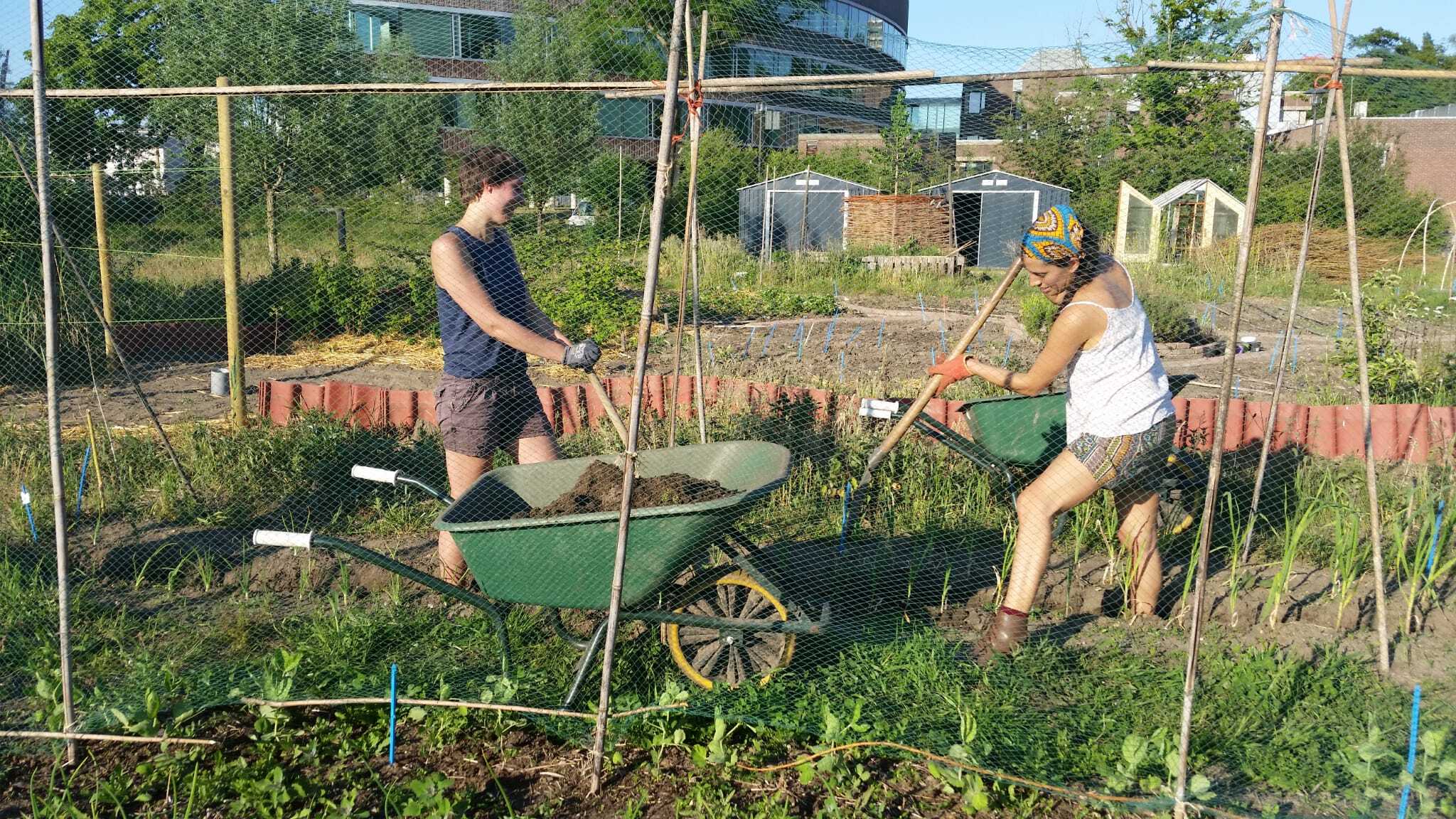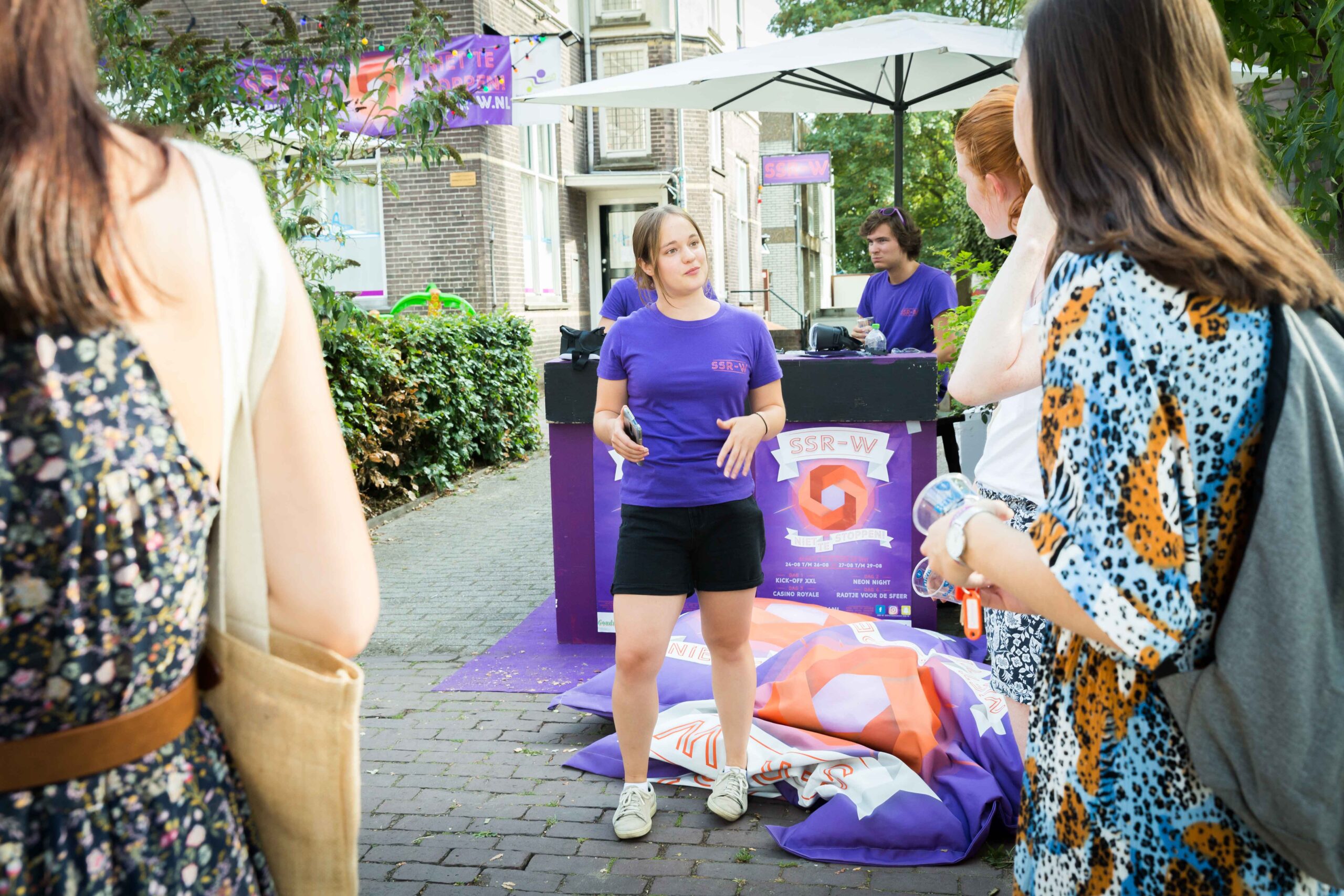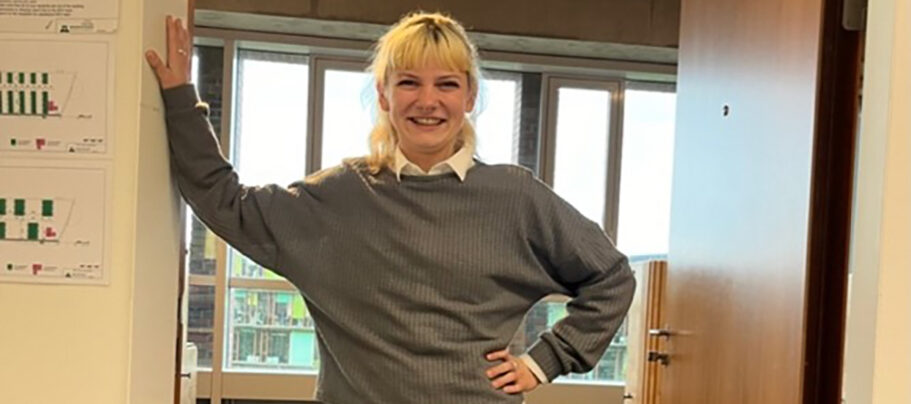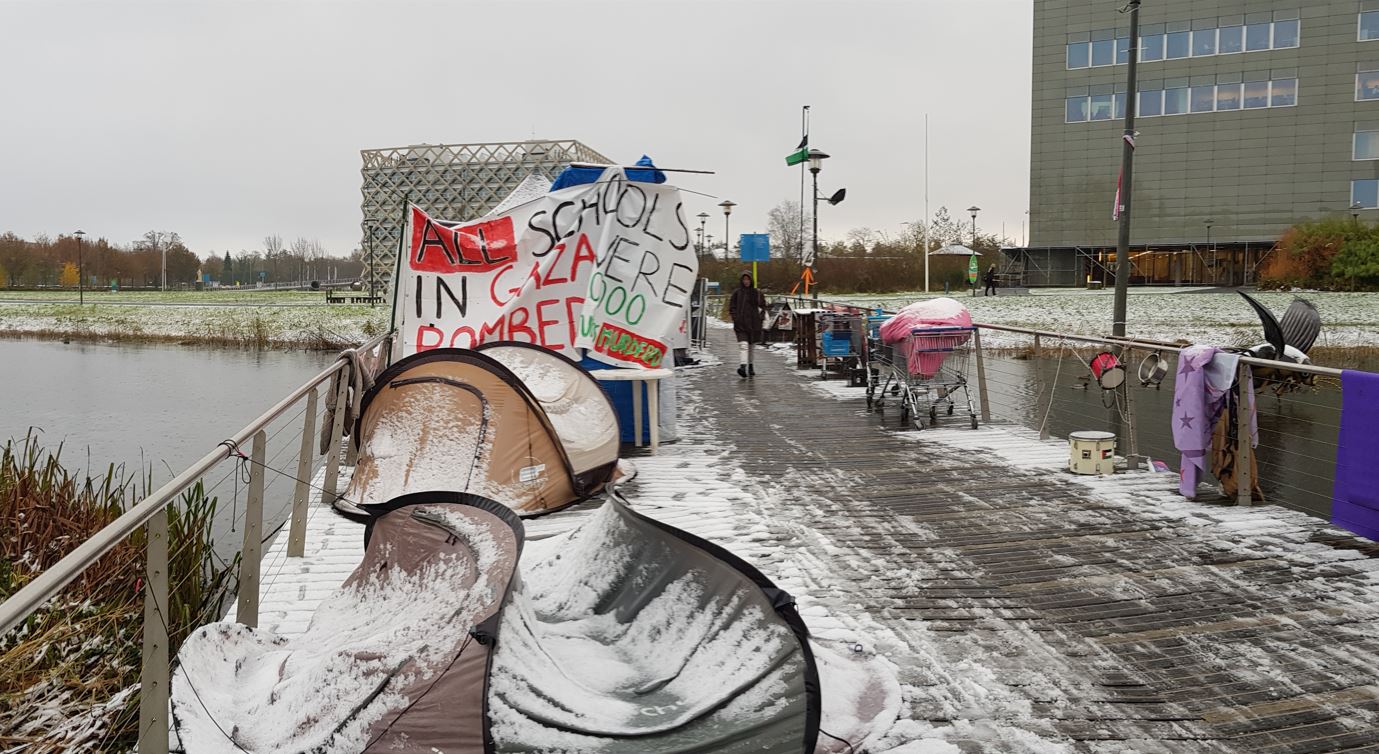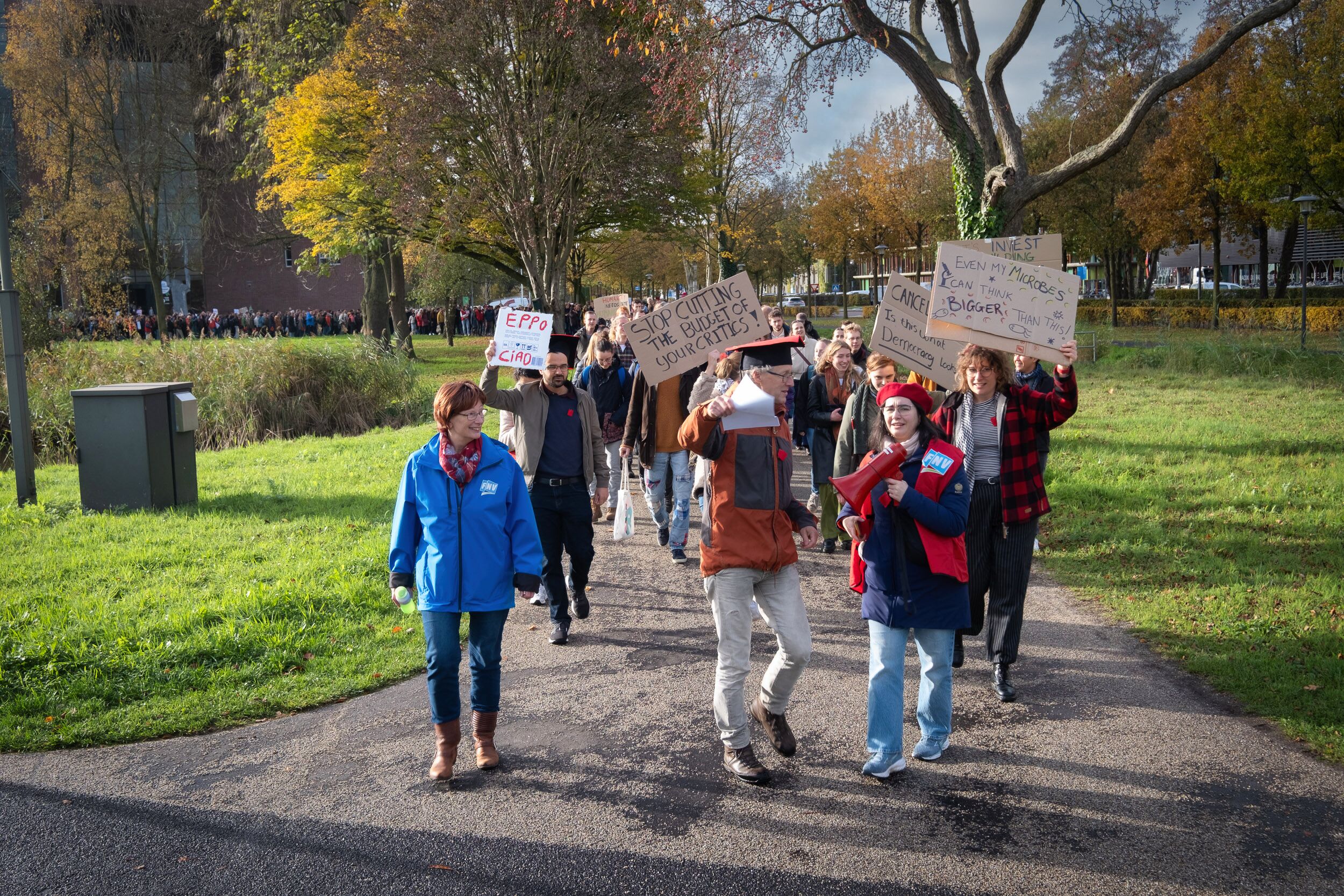Even the most complex systems often obey simple laws. A sustainable society would do well to study those laws, says Professor Erik van der Linden.
At first sight, an elephant has little in common with a mouse. They are quite different in size, for a start. Yet there is a simple mathematical relationship between their metabolic rate (the energy production in watts) and their mass (in kilograms). In mathematical terms, the rate = 70 x the mass3/4. The Swiss zoologist Max Kleiber discovered this correlation in 1945, although he couldn’t explain it.
Such a relationship between two units variables is called a scaling law. It took the American physicist Geoffrey West and his team five years to explain this correlation, says Professor of Food Physics Erik van der Linden. West discovered numerous scaling laws in all kinds of complex systems. In cities, for example, there is a fixed relationship between the number of petrol stations and the number of inhabitants.
Mathematically, those relationships are power functions, as described above. The relationship is not linear (which means if one quantity doubles, so does the other) but exponential. And it doesn’t matter where in the world you are, they apply everywhere. Van der Linden and his colleagues Jaap Molenaar (emeritus professor of Mathematics) and Mehdi Habibi (associate professor) have devoted a course to the subject: Unifying Concepts of Life Sciences. The key text for the course is West’s book.
Food chain
I had been walking around with the idea of doing something with complex systems for about 10 years. These kinds of systems are of interest to a physicist. I am the chair of the Food Physics group. We study the physical properties of food at different scales, from production to storage and consumption. Sustainability is a key issue. How do you make a food chain more sustainable? As a physicist, I can tell you which process is the most sustainable in terms of thermodynamics. But physics is just one aspect of the food chain’.
So Van der Linden began to delve into the subject of complex systems, and three years ago he came across West’s book, Scales. West’s explanations for the laws of scale that he found are primarily a matter of self-organization and transport. ‘One way or another, a system (for example, a city) with a given input (the size of the population) will organize itself so that its output (the number of petrol stations) costs it as little energy as possible. The social, economic and infrastructural networks appear to interact in a very particular way’.
This was a lightbulb moment for Van der Linden. ‘If I want to understand how to make a food chain more sustainable, I have to be able to describe the separate parts of the network and their interrelationships. And the crudest and most basic relationships at work in this are the scaling relationships. If I can define these, I can make predictions about what will happen if you push some buttons and add a bit more of one thing or another. And about whether the scales of the subsystems in the chain are aligned with each other. I realized that you can analyse complex systems in this way’.
You can analyse complex systems this way
And the beauty of this, of course, is its simplicity. If you just explain the basics, says Van der Linden, a student can get straight to work. In fact, that is exactly what happens during the Unifying Concepts of Life Sciences course. And the students are enthusiastic. ‘In the first year I ran it, four students signed up, and three of them dropped out. In the second year the course attracted 24 students, mainly nutritionists. Last year, we had 34. But heck, all Food Tech students again.’
Data science
And that is a pity, Van der Linden thinks. This course should really be on the curriculum for every WUR student, so that they are better able to see the connections between the various disciplines. ‘For example, West also studied the laws governing the vascular system of plants. And I think there is so much more to which this can be applied, if only you look for it.’
The truth is often simple
This research field is still in its infancy, but Van der Linden sees plenty of opportunities. Especially with the development of the Data Competence Centre and the focus that WUR is putting on data science. ‘What West did with his research into cities is just data science: the analysis of big data. Everyone should realize that with the current datasets on complex systems you can still say something useful by simply measuring and quantifying. Isn’t that great? What could be better than educating students to make them aware of these simple concepts and able to view data in that way? Attacking data with artificial intelligence and deep learning is always an option later on. The truth is often simple. I may be old-fashioned in this respect, but a scaling law gives me something to hold on to in order to understand something. Reality is a dynamic state with a lot of internal synchronization. That is sustainability. Without synchronization, we are wasting a lot of energy.’

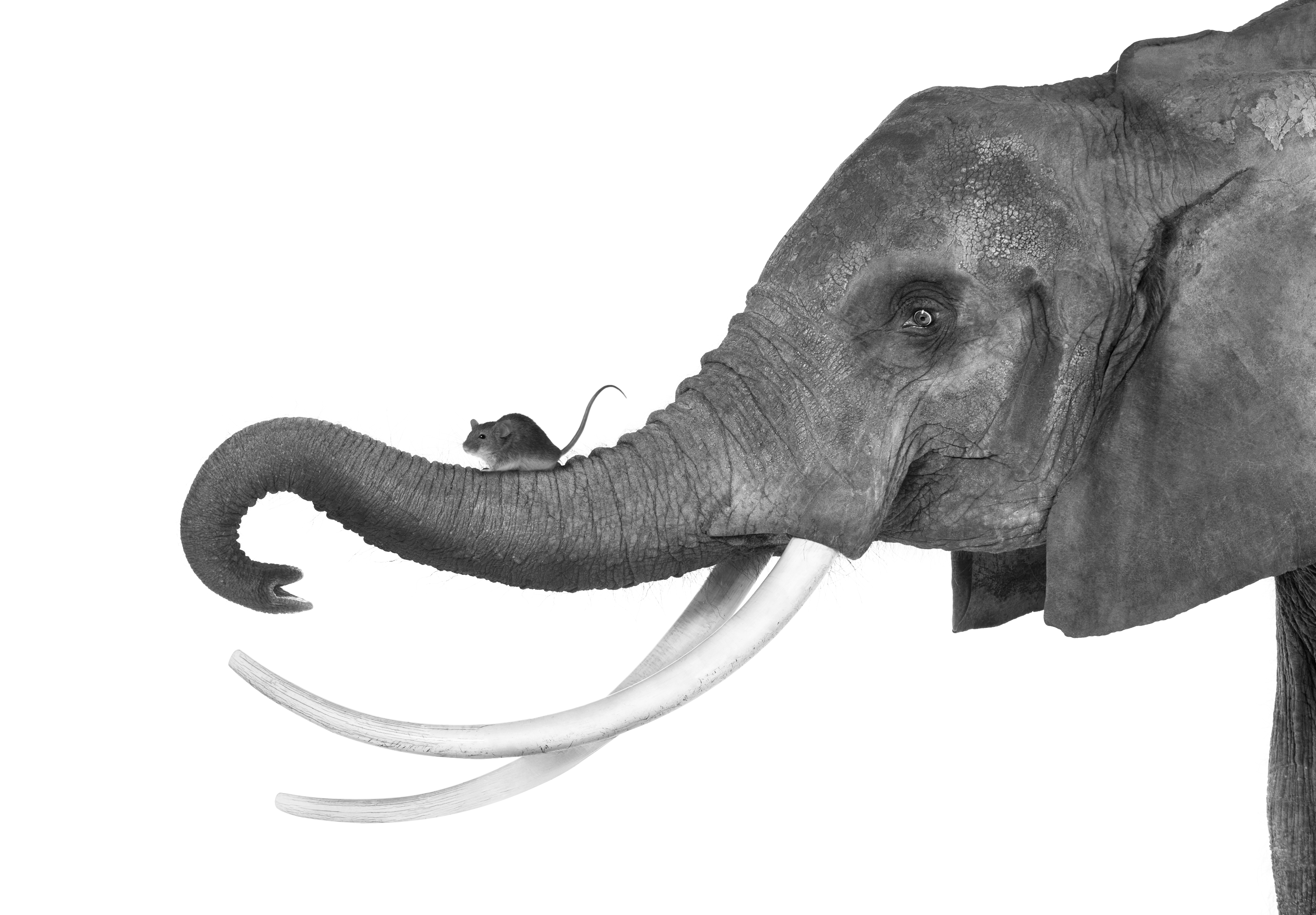 The bigger the animal, the more efficient its metabolism, says Kleiber’s Law. This correlation is an example of a scaling law, which describes a complex system in simple mathematics. Photo: Shutterstock
The bigger the animal, the more efficient its metabolism, says Kleiber’s Law. This correlation is an example of a scaling law, which describes a complex system in simple mathematics. Photo: Shutterstock 